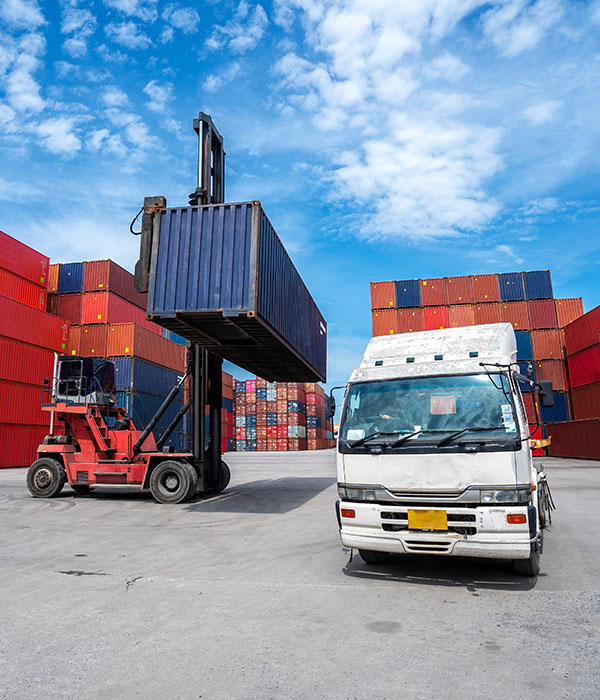Competition between volume weight and actual weight billing methods
In the field of logistics and transportation, billing methods have always been the focus of attention of all parties. At present, the main billing methods include volume weight billing and actual weight billing. Each of them has its unique advantages and disadvantages. Let's take a deeper look.
Let's first look at the volume and weight billing method. One of the advantages of this billing method is that it can accurately reflect the space cost. During the transportation process, those goods with large volume and low density, although the actual weight is not large, will occupy a large amount of transportation. The space of the vehicle. Through volume and weight billing, logistics companies can reasonably recover the costs incurred by space occupation and ensure the economic benefits of operations.
In addition, the volumetric weight billing method can also promote packaging optimization. Because excessive volume will lead to soaring freight costs, the consignor will have a strong motivation to improve packaging, reduce space waste, and thus improve transportation efficiency. From the perspective of fairness, it is unfair to logistics companies to charge only according to the actual weight for light bubble goods, because these goods occupy the same space as heavy goods. Volumetric weight billing can make the cost distribution among different types of goods more fair and reasonable.
However, the billing method of volume weight is not perfect. First of all, the calculation process is complicated, and it is necessary to measure the length, width and height of the goods to calculate the volume, and then convert it into volume weight, which is not only easy to produce measurement errors, but also may cause controversy in measurement standards and methods. For the consignor, when estimating freight and conducting cost accounting, not only the actual weight of the goods should be considered, but also the volume factor should be taken into account, which greatly increases the difficulty of cost accounting.
体积重量与实际重量计费方式大比拼
在物流运输领域,计费方式一直是各方关注的焦点.目前,主要的计费方式有体积重量计费和实际重量计费,它们各自有着独特的优缺点,接下来让我们深入了解一下.
先来看体积重量计费方式.这种计费方式的优点之一是能够精准地反映空间成本.在运输过程中,那些体积大、密度小的货物,尽管实际重量不大,却会大量占据运输工具的空间.通过体积重量计费,物流公司能够合理收回因空间占用产生的成本,确保运营的经济效益.
此外,体积重量计费方式还能够促进包装优化.由于过大的体积会导致运费飙升,发货人会有强烈的动力去改进包装,减少空间浪费,从而提高运输效率.从公平性的角度来看,对于轻泡货物,如果仅按实际重量计费,对物流公司是不公平的,因为这些货物与重货占用相同空间.体积重量计费则可以使不同类型货物之间的费用分配更加公平合理.
然而,体积重量计费方式也并非完美无缺.首先,计算过程较为复杂,需要测量货物的长、宽、高来计算体积,再将其转化为体积重量,这不仅容易产生测量误差,还可能在测量标准和方法上引发争议.对于发货人而言,在预估运费和进行成本核算时,不仅要考虑货物的实际重量,还要兼顾体积因素,大大增加了成本核算的难度.而且,对于一些本身重量轻但体积较大的商品,消费者需要支付更高的运费,这无疑增加了消费者的负担.












